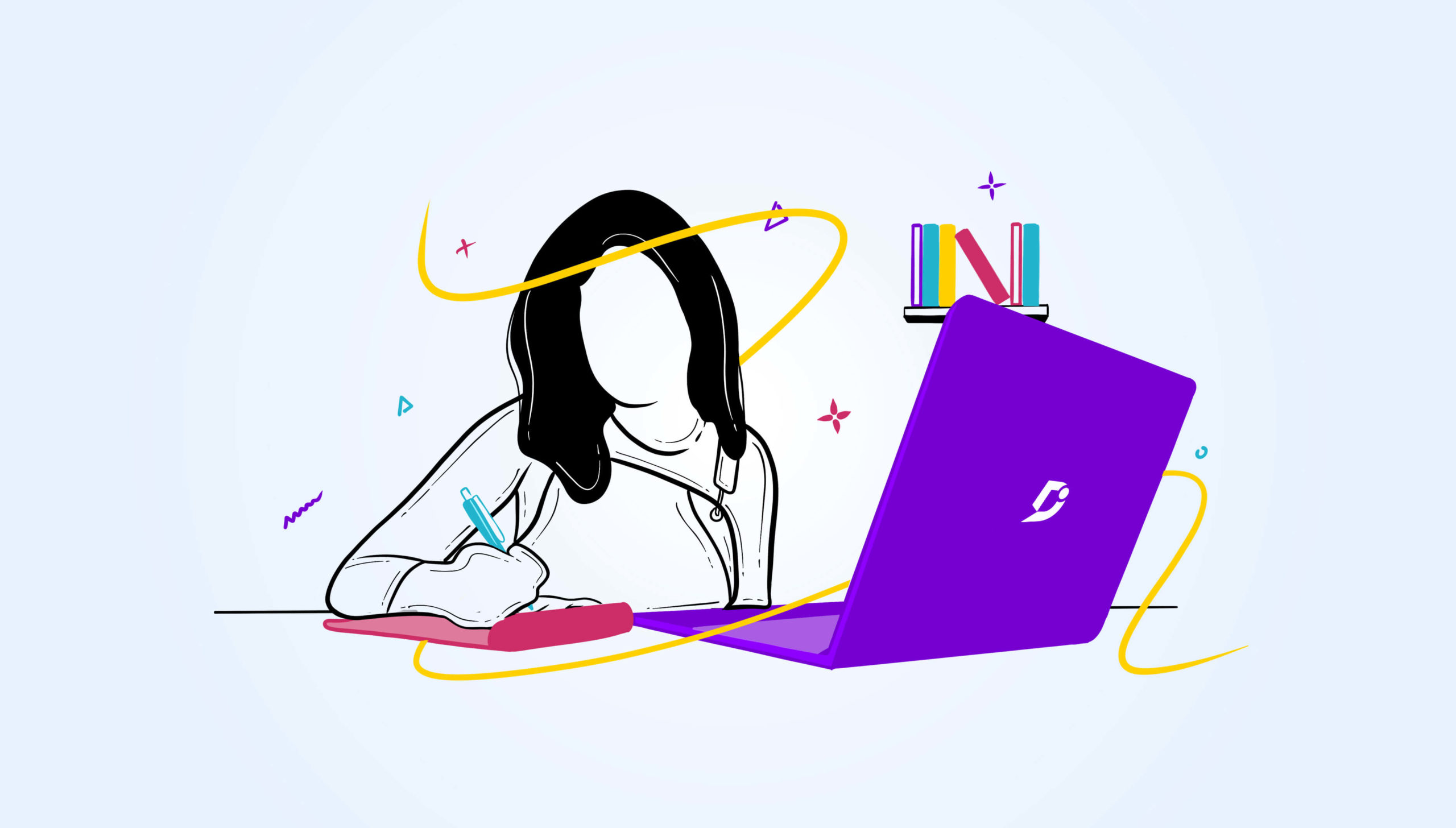Have you ever wondered why many organizations have customer centricity as their corporate value but do not have an intuitive documentation site for their product and services? The documentation site is often flooded with stale content that increases the volume of customer support tickets. These are prime examples of scenarios that show the documentation culture’s absence. So, let’s address the big elephant in the room “What is a documentation culture?”. Documentation culture is about practices, behavioral traits, and beliefs that organizational employees showcase in their day-to-day activities in their workplace. The organization’s executives set the precedence for documentation culture to be imbibed into the organization’s cultural fabric. This blog will explore things around documentation culture, and some practical tips for adopting best practices will be discussed.
Documentation culture – Setting stage
The C-level executives can set the stage for documentation culture based on the organization’s vision and mission. This can also be aligned with a corporate strategic plan to get buy-in from all employees. Once a strong purpose is set for documentation to be part of all aspects of work, the cultural fabric gets woven, and middle-level managers can play their role to amplify the documentation culture.

Documentation culture ensures that documentation is adopted with rigor across the organization. No knowledge goes without being documented and stored in the organizational knowledge repository. Thus, all organizational knowledge becomes its institutional memory! This documentation extends to all practices in project management, program management, customer support, customer services, and digital products. For service organizations, documentation is all about documenting all business processes, standard operating procedures, service standards, service blueprints, and so on to achieve operational efficiencies, service consistency, and operational excellence. For product companies, documentation is all about product documentation, help center guides, troubleshooting guides, user manuals, technical documents, etc. Irrespective of the type of organization, capturing all organizational knowledge is important for business continuity and knowledge retention, which lays the foundational stone for innovation.
Also Read: The Power of Organizational Learning and Collaboration with Knowledge Management
Hiring for cultural fit
The assessment should involve ensuring cultural fit when a new employee is hired. This would ensure that new hires already possess those cultural beliefs and have inherent documentation characteristics. This would accelerate documentation adoption across all parts of the organization’s core business activities. The new hires will also play a role in the change management of existing employees in the organization in adopting documentation practices. Thus, it is vital that the Human Resources (HR) department sets standards and processes for hiring new employees based on documentation of cultural values and beliefs.
Schedule a demo with one of our experts to take a deeper dive into Document360
Book A Demo
Documentation – baking into all practices
To ensure that documentation is considered, documenting everything shall be baked into all processes and practices. Existing employees in the organization are given consistent training in documentation frameworks, best practices in knowledge management, new tools in documentation, and so on. Thus, all employees are aligned in producing documentation as part of their activity rather than considering documentation as administrative overhead. Industry experts in documentation shall regularly be invited to share their learnings and the latest trends in documentation amongst the organization’s employees.
All required artifacts, such as documentation templates, style guides, and others, must be democratized so everyone in the organization can access them. These templates can be managed by the organization governance team for easy access and management.
Writing skill needs to be improved across the organization for the widespread adoption of documentation. In addition to capturing new knowledge, old knowledge in the organization needs to be updated regularly so that it does not go stale. Employees should also be trained to spot any knowledge gaps that exist across the knowledge repository and address them.
Adoption of digital tools
Digital tools play an important role in driving documentation culture as they facilitate access to knowledge, help create new knowledge, and disseminate knowledge in every nook and corner of the organization. The analytics gained from these digital tools also help identify knowledge gaps, popular knowledge base articles, and contributors to the organization. This also helps identify “documentation cultural champions” to drive documentation. C-level executives can also incentivize employees to be documentation cultural champions. The rewards and recognition framework can also consider an employee’s contribution toward driving documentation beliefs and practices.
In addition, documentation success stories can be shared amongst organization employees via newsletters and other means to showcase the impact of documentation culture. This helps the organization promote a “documentation culture” and highlight business outcomes.
Closing remarks
Documentation practices must be backed into all business processes and should be regarded as behavioral traits in the organization. The organization has to invest in employees’ skills, frameworks, practices, and tools to enable employees to practice documentation. Documentation culture could set the organization to future-proof against competitors. Documentation culture will lead to service excellence in service-oriented organizations and customer satisfaction in product-based companies. Let’s all embrace documentation culture!!
An intuitive knowledge base software to easily add your content and integrate it with any application. Give Document360 a try!
GET STARTED








